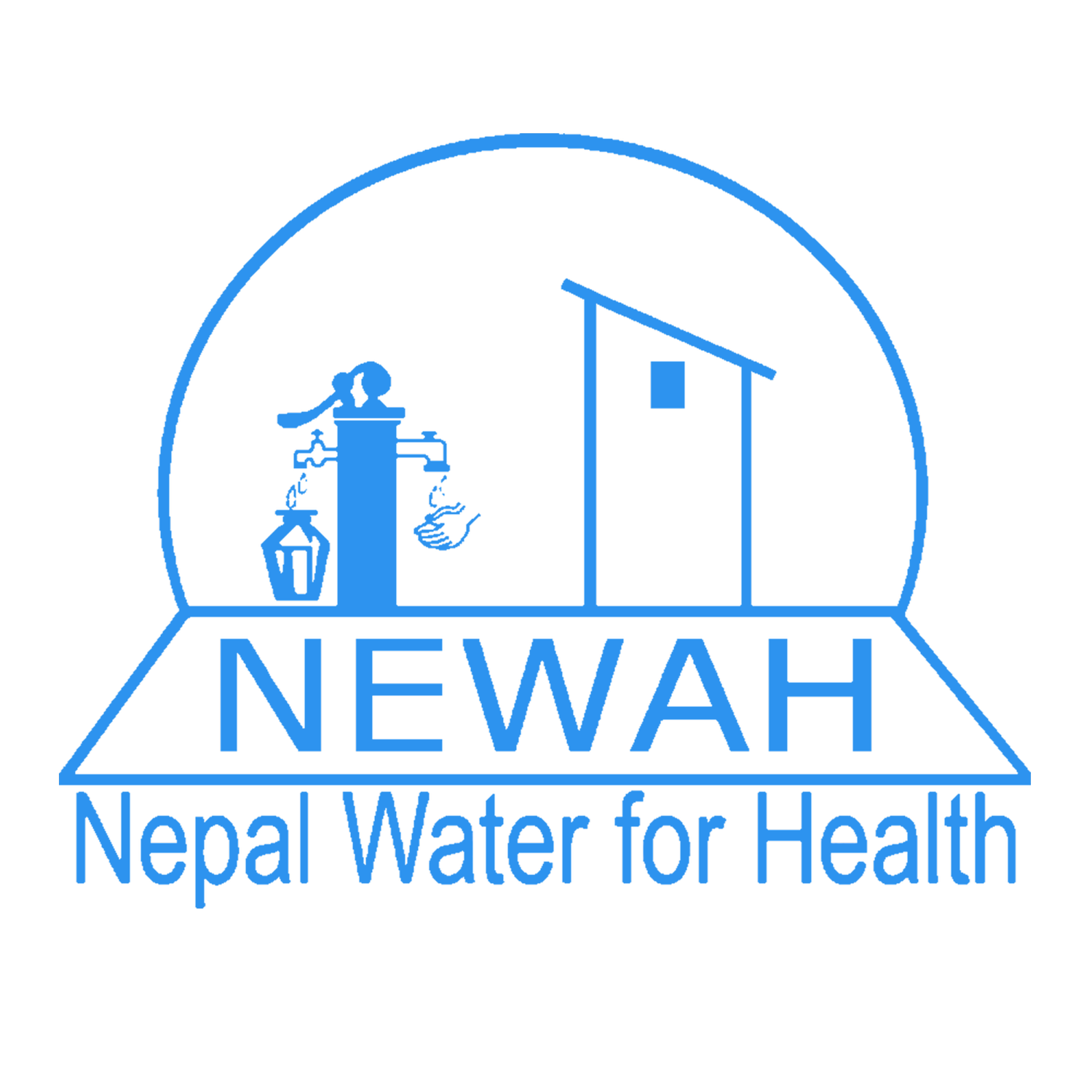Ecstasy from access to water

Chandrakala Rasaili, a class 10 student, used to line up to
fetch water from 4 in the morning. The routine task of fetching water from a
water well located at one hour walk from her home and upon return, straightway
preparing for school located at even farther distance was making her life
miserable. To reach the school, situated in Notadarli Gulmi, it takes two hours
of walk.
Sabitra Raskoti's chronicle is similar. For years, she
never took a day off. Her life ran like a clockwork- wake up and fetch water
from distant source, prepare meal, prepare children for school, clean kitchen,
go to work, and then return home at dusk to fetch some more water and prepare
and serve meal before sleep. All women in Patle community located in ward
number 10 of Badigad Rural Municipality has a similar daily routine. Sending
children, particularly girls, to school was difficult because they generally
helped mothers to fetch water from distant source. To raise livestock, one had
to build a shed by the river. Arguments and brawls for water among neighbors
was a frequent occurrence. Due to heavy extraction, the water in the well
remained murky, and households only used simple filtration, such as passing the
water through layered cotton cloth, before its use.
The 42 households living in Patle community had faced the
water issue for decades. Latrines were almost unusable due to lack of water.
"The lack of accessible drinking water affected all aspects of our lives.
Farming and livestock raising was equally difficult”, says Santa Bahadur Rasakoti,
the chairperson of the Patle Jhakristhan Water and Sanitation Users Committee.
He further adds “Our desire for accessible drinking water has finally become a
reality after twenty long years. Everyone in the community is happy from the
project which has brought piped water to our community. Children in particular,
couldn’t be happier because they are now able to prepare for and reach their
school on time. Since the water comes from a protected spring source, there are
no issues of impurity or contamination. The water is fit for use direct from
the tap.”
After the project, all 42 households in the community have
a water tap constructed in their yard. The project was completed with financial
and technical support from Nepal Water for Health (NEWAH). The Badigad Rural
Municipality provided additional financial support and the users contributed
through labor support. Of the 42 households, 35 households are provided water
access through gravity-fed technology and seven remaining households are
connected through lift water supply technology where the water is lifted more
than 150 meters uphill from a downhill tank. 301 people in the community have
been benefited by the project.
The water access has already created visible impacts to the
livelihoods of people in the community. Some female members of the community
are already utilizing the hours saved by producing vegetables and small-scale
cash cropping using waste water released from the house. Junukumari BK, for
instance, has done remarkable progress. This year alone, she has made an
additional income of NPR 30,000 from the sale of vegetables that she cultivated
at her homestead. This is in addition to the savings from vegetable purchase
from the local market because all vegetables she consumes now comes from her
own farm and she is only taking the surplus to the market. Junukumari elatedly
shares “after the project, children haven’t contracted diarrheal diseases and
are able to focus on studies, and I am concentrating my time on productive and
income generating activities. I feel like I have conquered a big battle.”
